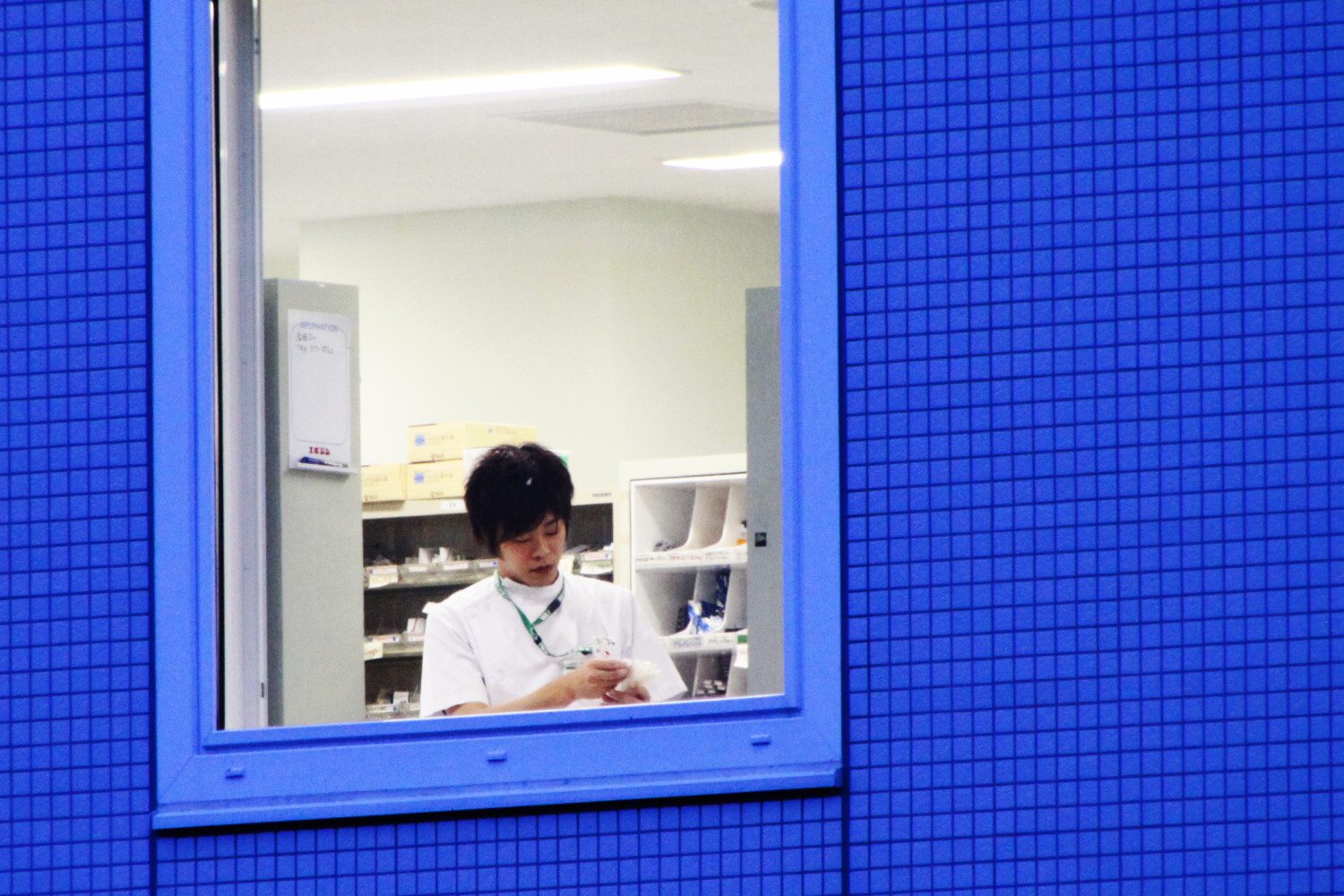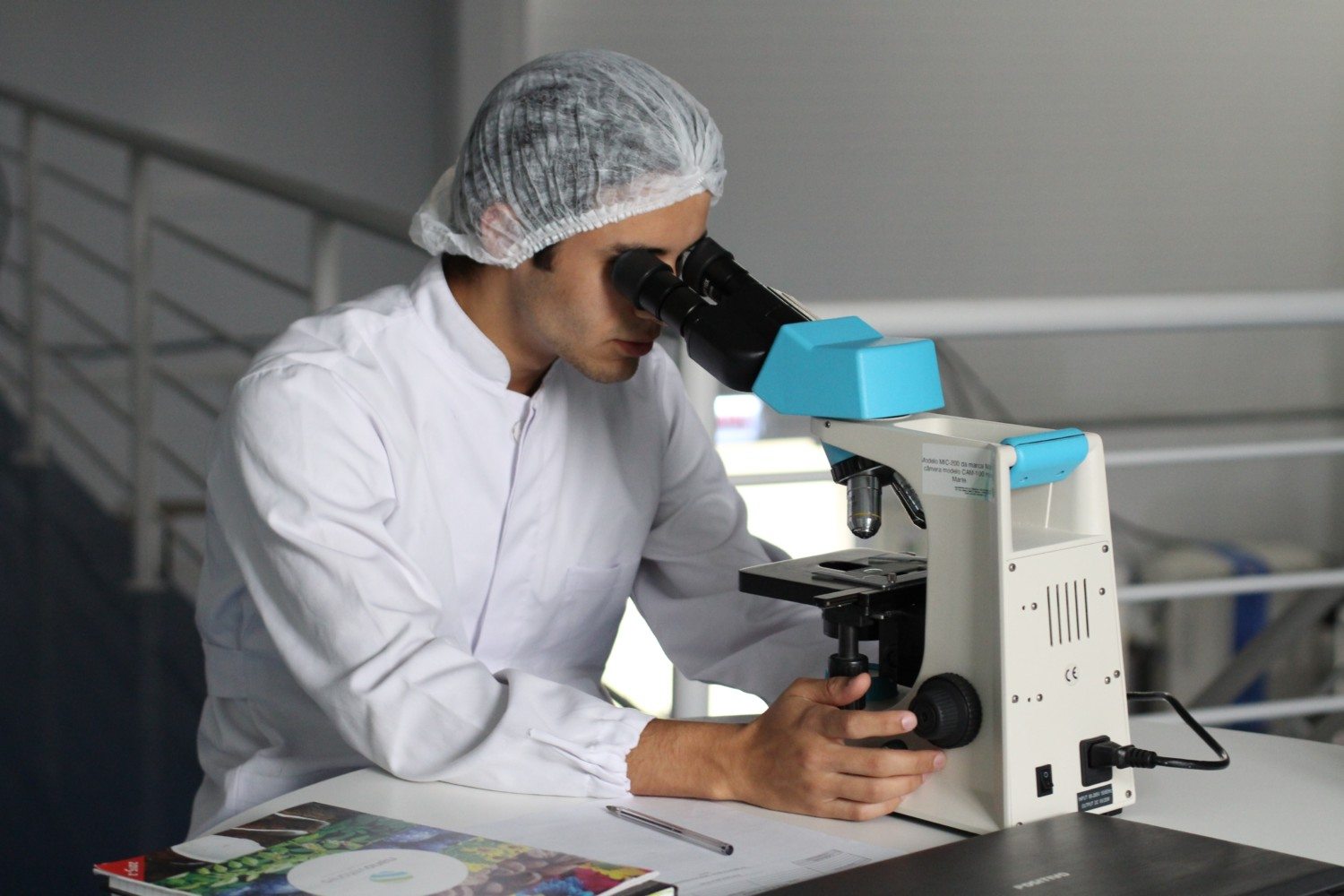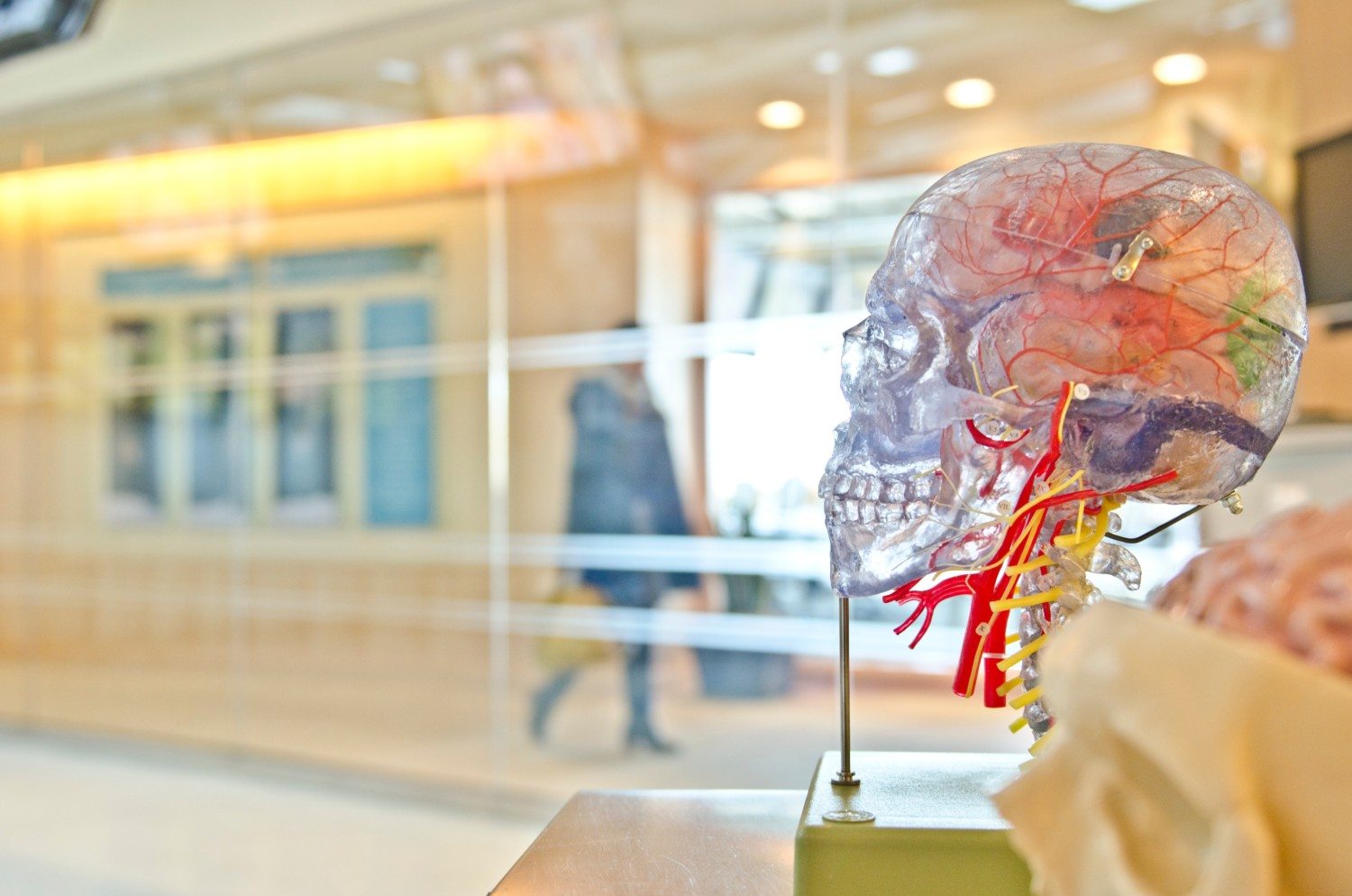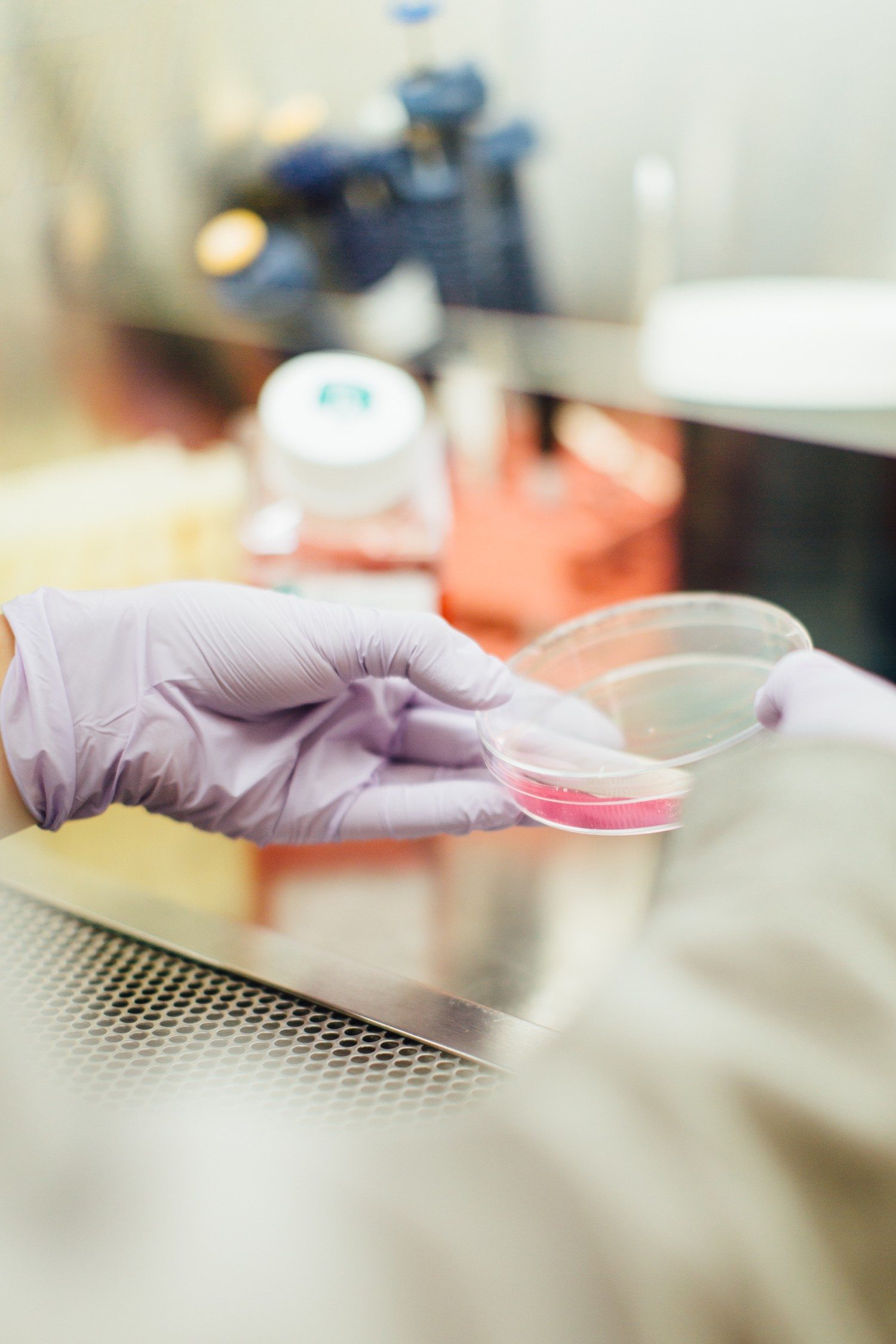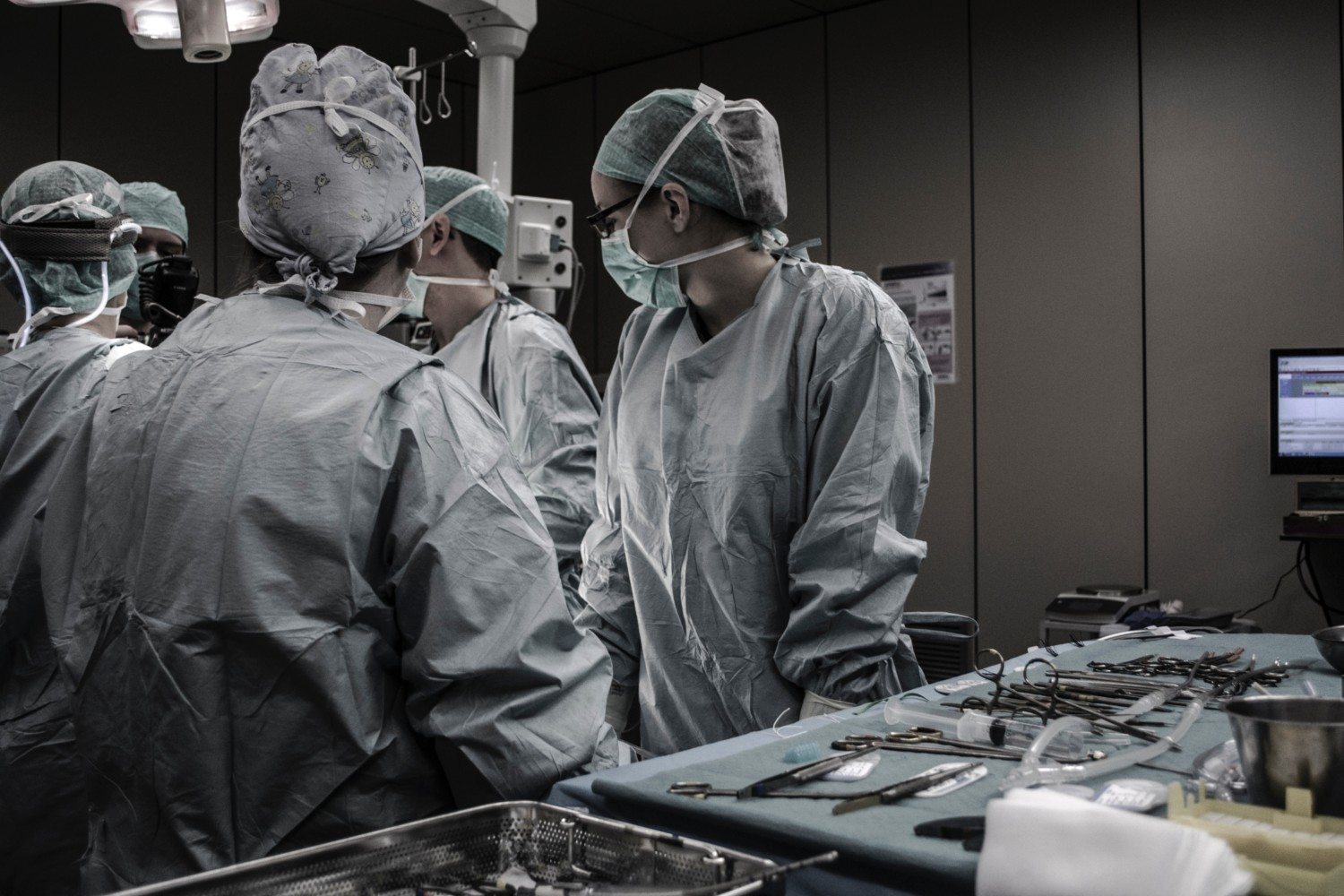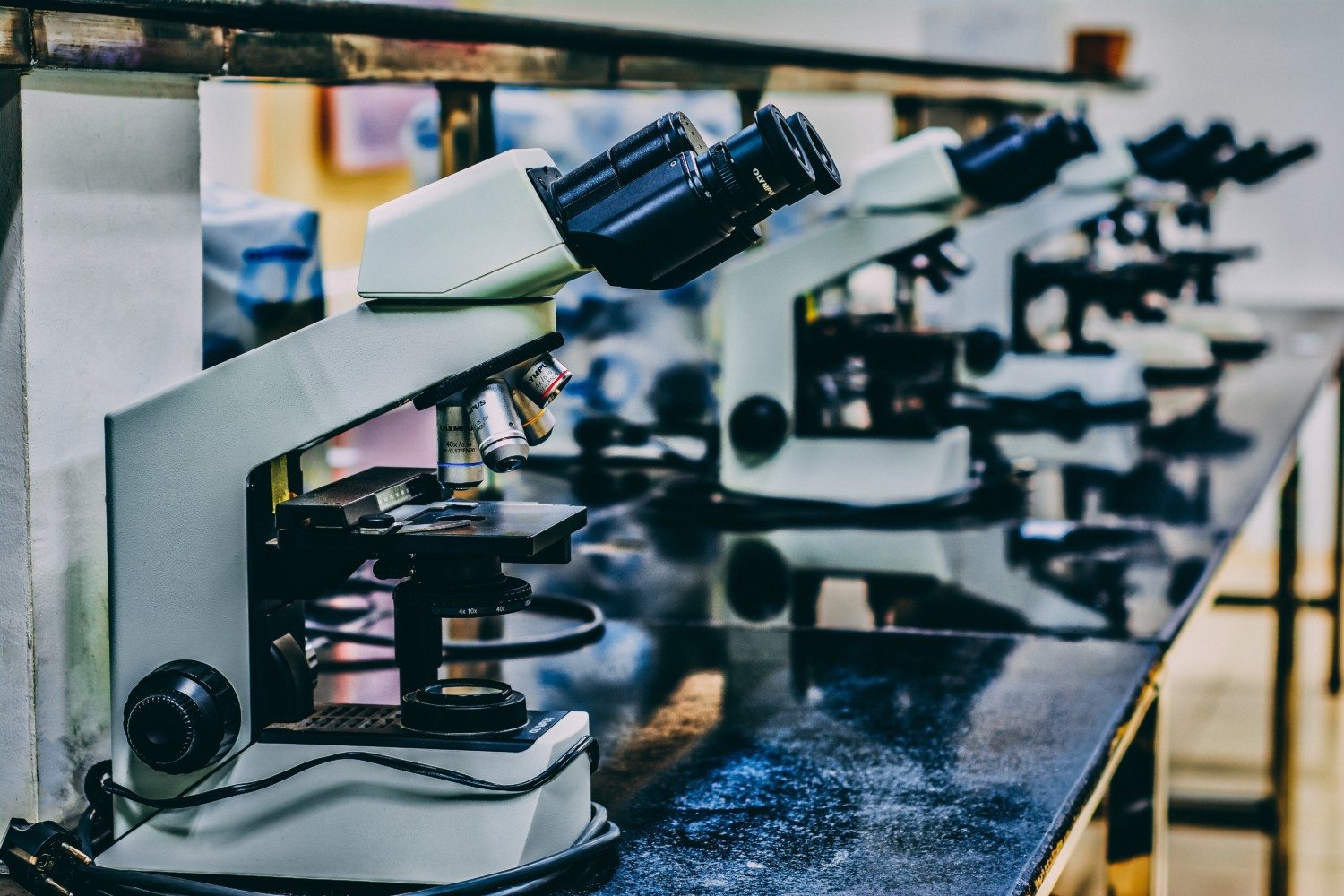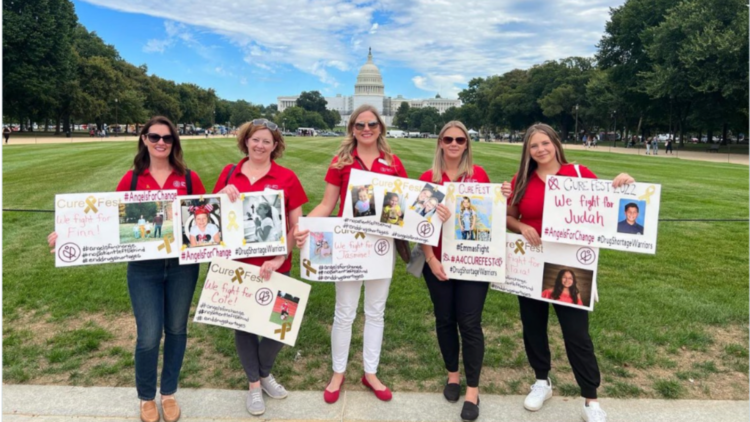Scientists think they’ve discovered a new organ in the human body
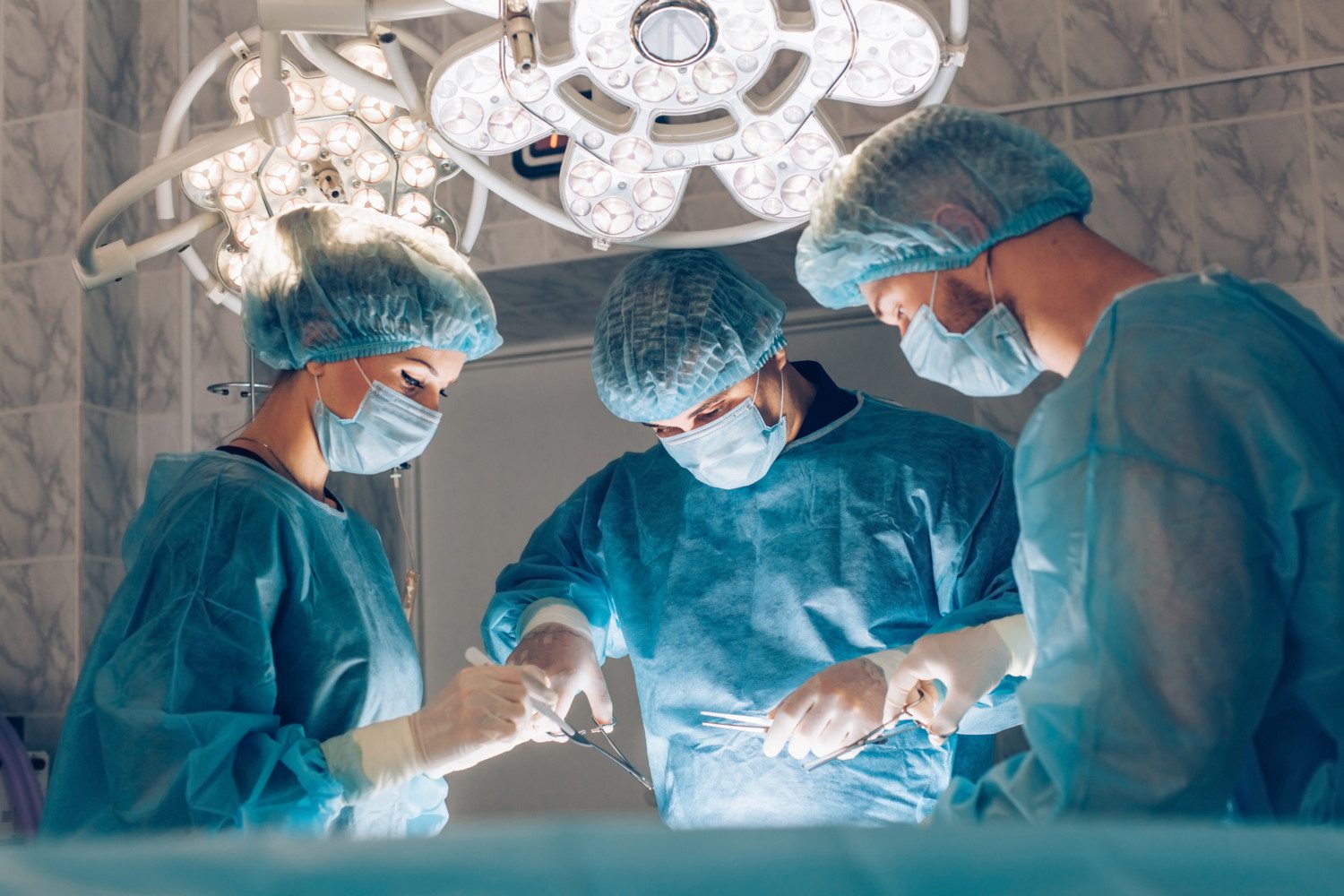
Just when we think that science is up on all the basics—like human anatomy—a new discovery comes along to rock our world. It happened when we realized that we weren’t at the center of the solar system. It happened when we discovered gravity. It happened last year when scientists discovered a new organ in our body called the mesentery. And now there’s been another organ discovered, and this time, it’s just beneath our skin.
This week, scientists discovered a new, and quite large, organ in the human body—the interstitium. The interstitium is found below the skin’s surface, lining and surrounding organs, and is wrapped around arteries, veins and the fascia between muscles. In fact, it is one of the largest human organs—and it has been hiding in plain sight for years.
We Are Now Able To See More Clearly
A team of researchers at the NYU School of Medicine were experimenting with new microscopic technology to get a fresh perspective on the human body. Now able to observe living tissues through a small camera with a laser and fluorescent dye, they stumbled upon a surprising sight. Instead of the expected compact connective tissue, Neil Theise, M.D., professor in the Department of Pathology at NYU Langone Health and co-author on the study, found compartments filled with fluid.
Advances Thanks To Living Tissue Study
Previously, scientists could only view dehydrated slices of tissue at such a microscopic level. This limited view had squished the interstitium into pancakes, which is why it had flown under the radar until now. “They had been there all the time,” Theise told ResearchGate. “But it was only when we could look at living tissue that we could see that.”
What Scientists Were Able To See
What they found was pretty incredible and has wide-reaching implications for many fields. The organ is a network that runs throughout the body. It is made up of interconnected, fluid-filled compartments, and is supported by strong, flexible proteins. You can think of it as a highway of moving fluid, with connective tissue proteins that act like shock absorbers for other organs.
‘A Body In Motion’
Scientists believe that these proteins—made of collagen and elastin—keep tissues from tearing during daily functions. The organs, muscles and vessels are constantly in motion: “skin and muscles as you move your body, peristalsis as food moves through your GI tract, the expansion and contraction of your lungs with breathing, the squeezing of the bladder during urination, the pulsing of arteries and veins,” says Theise.
RELATED: Well, It Turns You Might Need Your Appendix After All
New Biological Highway Found
There are a variety of “cars” that travel the highway, too. Theise says “macrophages, the cleanup crew of white blood cells” and inflammatory cells travel along the interstitium. The fluid in the interstitium feeds into the lymphatic system. As a result, it is also how cancer cells reach the lymph system and spread quickly.
Questions Researchers Still Have
The interstitium may be able to shed light into Eastern medicine practices. For example, it is potentially involved in acupuncture, pulse diagnosis in Tibetan and Chinese medicine practices, and myofascial release therapy.
“This finding has potential to drive dramatic advances in medicine,” says Theise. The study was published Tuesday in Scientific Reports, but this revelation is just the beginning.
RELATED: These scientists have created an edible water bottle:


